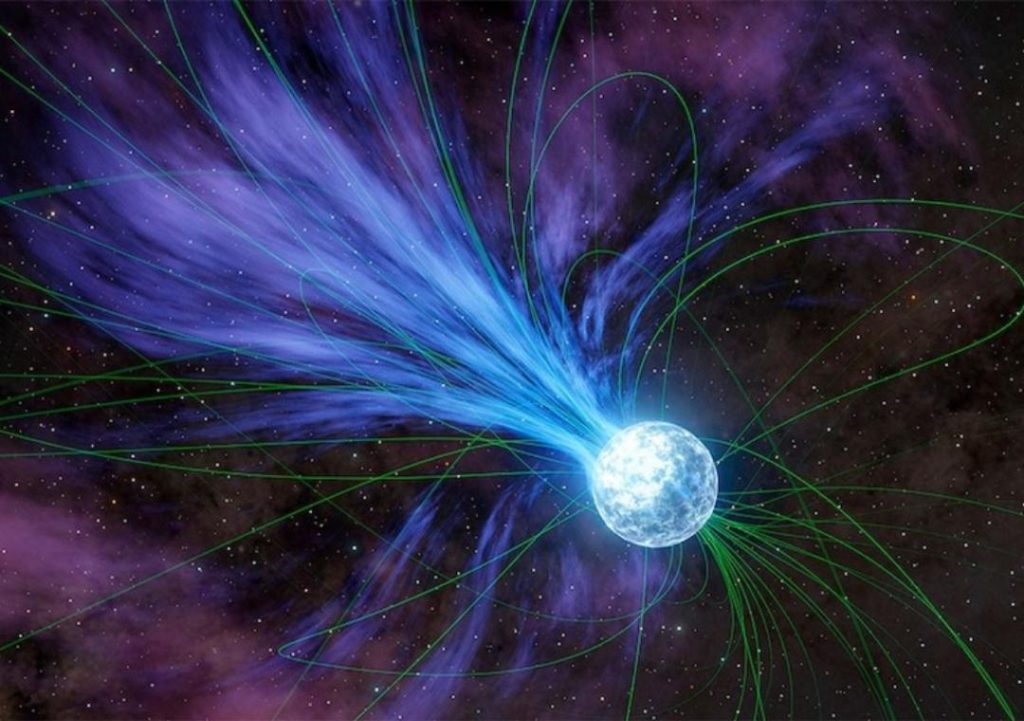
Gold & Platinum Created through Neutron Stars’ Explosions: Study
For centuries, humans have been fascinated by the origins of precious metals like gold and platinum. While we’ve long known that these elements are abundant in the Earth’s crust, scientists have struggled to pinpoint how they were created. Now, a groundbreaking study led by a Columbia University student has shed new light on the mystery, revealing that magnetars – highly magnetized neutron stars – played a crucial role in the creation of these elements through a cosmic event over 20 years ago.
The study, published in the journal Nature Astronomy, found that magnetars exploded and released flares that contained gold and platinum. These explosions, which occur approximately once per decade in the Milky Way and annually across the observable universe, are a key factor in the creation of these precious metals.
So, where did gold come from? According to the study, the answer lies in the heart of magnetars – incredibly dense, spinning stars that are formed when massive stars collapse under their own gravity. The intense magnetic fields surrounding these stars create powerful flares that can propel heavy elements, including gold and platinum, into space.
The study’s lead author, Anirudh Patel, a student at Columbia University, used data from NASA’s Swift and Fermi Gamma-Ray Space Telescopes to analyze the aftermath of a magnetar explosion. Patel and his team detected a burst of gamma-ray radiation that was emitted by the magnetar, which was observed to be spinning at an incredibly fast rate – 20 times per second.
“This burst was a ‘goldmine’ of data for us,” Patel explained in a statement. “By studying the radiation, we were able to infer the presence of heavy elements like gold and platinum.”
Using computer simulations, the researchers recreated the explosion and found that the magnetar’s intense magnetic field was responsible for creating the heavy elements. The simulations showed that the explosion released a massive amount of energy, which was concentrated into a narrow beam. This beam, in turn, accelerated particles to incredibly high speeds, allowing them to overcome the strong gravitational forces holding them back.
As these particles accelerated, they interacted with the surrounding environment, creating a range of heavy elements, including gold and platinum. The study’s findings suggest that these elements were forged in the heart of the magnetar, before being released into space through the explosion’s powerful flares.
The implications of this study are far-reaching, offering new insights into the origins of precious metals and the role that magnetars play in shaping the universe. For centuries, humans have been fascinated by the allure of gold and platinum, but now we know that these elements have a cosmic origin, forged in the heart of a neutron star explosion.
The discovery has also sparked new questions about the composition of the universe and the role that magnetars play in shaping it. According to NASA, magnetars are incredibly rare, with only about 30 known to exist in the Milky Way galaxy. However, the study’s findings suggest that these events may be more common than previously thought, with the potential to create a significant amount of heavy elements throughout the universe.
In conclusion, the study’s findings offer a fascinating glimpse into the universe’s origins, revealing that magnetars played a key role in the creation of precious metals like gold and platinum. As scientists continue to explore the mysteries of the universe, this discovery serves as a reminder of the awe-inspiring complexity and beauty of the cosmos.
Source:






